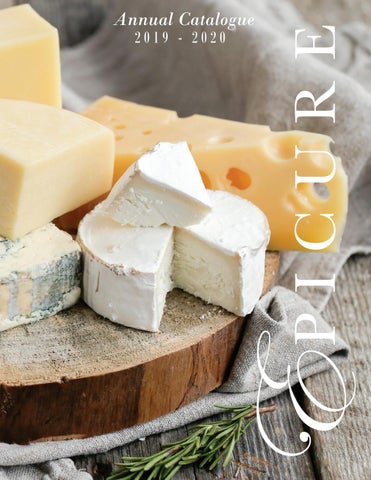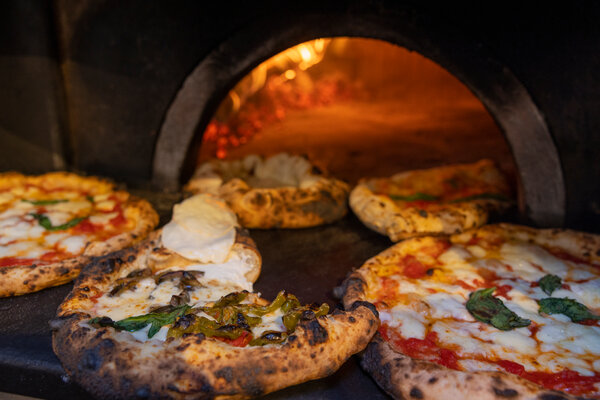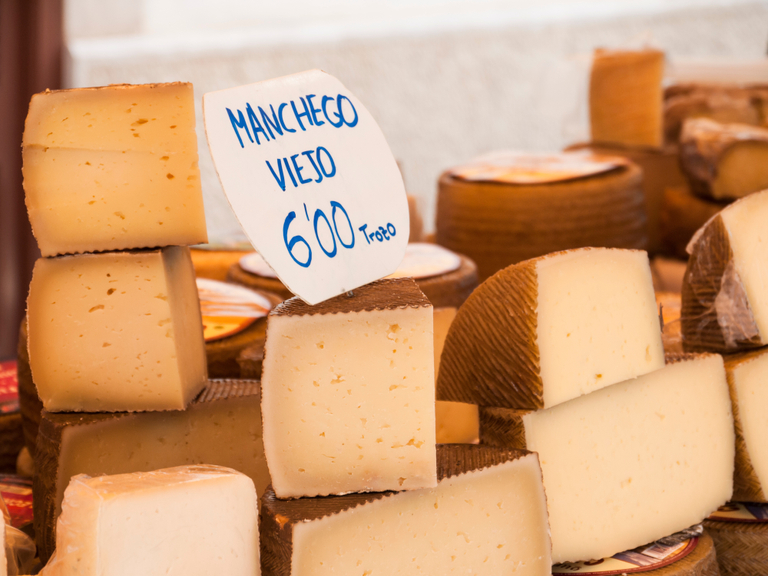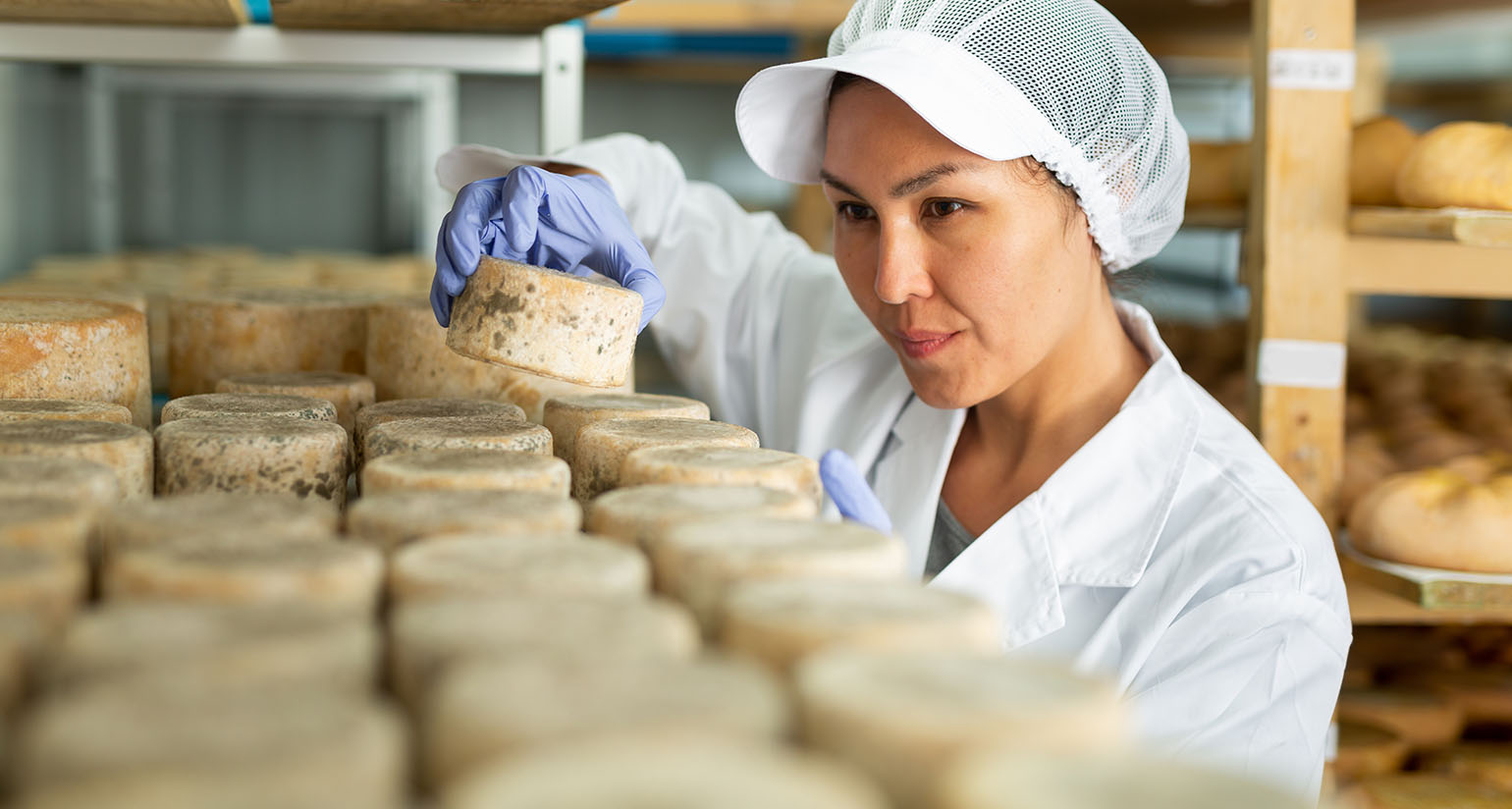Introduction
In the world of gastronomy, few culinary traditions rival the exquisite craftsmanship found in the production of European cheeses. At the heart of this artisanal process lies the art of affinage, a meticulously controlled aging technique that transforms ordinary cheeses into extraordinary culinary treasures. European cheeses, celebrated for their diverse flavors and textures, owe much of their distinctiveness to the ancient practice of affinage. In this article, we delve into the world of affinage and explore how these traditional aging techniques elevate European cheeses to unparalleled heights.
In the world of gastronomy, few culinary traditions rival the exquisite craftsmanship found in the production of European cheeses. Europe’s legacy of cheese-making stretches back thousands of years, and it’s a testament to the dedication and passion of its artisans. At the heart of this time-honored process lies the art of affinage, a meticulously controlled aging technique that has long been the secret ingredient behind some of the world’s most beloved cheeses.
What makes European cheeses truly exceptional is their ability to captivate the senses. Each bite is a journey through a landscape of flavors, a testament to the terroir—the unique combination of soil, climate, and regional traditions—where they were born. This extraordinary range of flavors, textures, and aromas owes much of its distinctiveness to the ancient practice of affinage.
Affinage, derived from the French word “affiner,” meaning “to refine,” encapsulates the spirit of cheese craftsmanship. It’s not merely about waiting for cheese to age; it’s a delicate dance between time, technique, and tradition. It’s a process that respects the origins of the cheese while nurturing its transformation into something truly extraordinary.
One of the most intriguing aspects of affinage is its role as a custodian of microbial magic. In these controlled aging environments, cheeses develop a symbiotic relationship with molds, bacteria, and yeasts. These microscopic agents, each with its own distinctive personality, become collaborators in the cheese’s evolution. They create the intricate patterns in blue-veined cheeses, the silky textures of bloomy rinds, and the crystalline crunch of aged hard cheeses.
Consider the iconic Roquefort cheese, for instance. It owes its unrivaled flavor and appearance to the Penicillium roqueforti mold, which thrives in the cool, damp caves of Combalou. These molds impart not only a unique blue marbling but also a sharp, tangy flavor that lingers on the palate. It’s a prime example of how affinage transforms a cheese into a culinary masterpiece.
The beauty of affinage lies in its dedication to time as an ingredient. While many modern culinary processes prioritize speed and efficiency, affinage takes the opposite approach. Cheeses mature over months, sometimes years, allowing for the slow, patient development of flavors and textures. During this period, enzymes break down proteins and fats, unveiling hidden depths of taste and creating a symphony of aromas that tease the senses.
Yet, what truly sets the art of affinage apart is its deep connection to tradition. Every region in Europe boasts its own unique techniques and secrets, passed down through generations. The legacy of affinage endures as a cultural treasure, a testament to the reverence Europeans have for their culinary heritage.
In recent years, as the culinary world evolves, affinage remains a timeless practice, rooted in the past but embracing the future. While modern technology has introduced innovations to cheese production, affineurs continue to employ traditional methods, aging their treasures in caves and cellars, honoring the natural microbial communities unique to their locales.
Today, there’s a resurgence of appreciation for artisanal and small-scale cheese production. This trend allows connoisseurs to experience European cheeses at their finest, savoring the results of age-old techniques that elevate each cheese to unparalleled heights.
In conclusion, the art of affinage is a testament to the rich cultural heritage and culinary excellence found in European cheeses. It embodies the essence of craftsmanship, the patience of time, and the beauty of tradition. European cheeses are not merely dairy products; they are living stories of the land, nurtured by skilled hands and time-tested techniques. The art of affinage transforms these cheeses into culinary masterpieces, and in every bite, we taste the legacy of generations of passionate artisans.
If you’d like to dive deeper into this subject, there’s more to discover on this page: Protecting Perishable Values : Timescapes of Moving Fermented …
Affinage, derived from the French word “affiner,” meaning “to refine,” is a crucial step in the cheese-making process. It involves the careful nurturing of cheeses in specialized environments over time, allowing them to develop complex flavors, unique textures, and distinctive aromas. This practice requires the expertise of skilled affineurs, individuals with an intimate understanding of cheese and the environment in which it matures.
nullExplore this link for a more extensive examination of the topic: Spain’s Magnificent Manchego

One of the most crucial elements in affinage is the environment in which the cheeses age. European cheeses often mature in carefully controlled caves, cellars, or aging rooms. These environments are selected for their unique microclimates, which play a vital role in shaping the character of the cheeses.
Temperature and humidity levels are meticulously managed to encourage the growth of specific molds, bacteria, and yeasts that contribute to the cheese’s flavor and texture. For example, the iconic Roquefort cheese from France thrives in the cool, damp caves of Combalou, where the Penicillium roqueforti mold imparts its distinctive blue veins and sharp flavor.
If you’d like to dive deeper into this subject, there’s more to discover on this page: ENVIRONMENTAL CONDITIONS FOR AGING SURFACE-RIPENED …

The aging process for European cheeses is often measured in months or even years, as opposed to days or weeks for many other varieties. This extended period allows the cheese to develop a depth of flavor and complexity that simply cannot be rushed. Affineurs carefully monitor the cheeses, turning and brushing them regularly to ensure even maturation and prevent spoilage.
During this time, enzymatic reactions break down proteins and fats, resulting in the formation of aromatic compounds that give each cheese its unique bouquet. The texture also evolves, with some cheeses becoming crumbly and others developing a creamy, luxurious consistency.
nullTo expand your knowledge on this subject, make sure to read on at this location: ESSENTIAL PRINCIPLES OF CHEESEMAKING (PART 2 …

The practice of affinage is deeply rooted in tradition, with each region in Europe boasting its own unique techniques and secrets. This sense of heritage is passed down through generations, preserving the art of affinage as a time-honored craft.
For instance, the Parmigiano-Reggiano cheese from Italy relies on centuries-old methods that have remained largely unchanged. These methods include the use of large copper vats and the meticulous salting process, resulting in a cheese renowned for its crystalline texture and nutty, savory taste.
nullTo expand your knowledge on this subject, make sure to read on at this location: Spain’s Magnificent Manchego

In recent years, while modern technology has introduced innovations to the cheese-making process, the art of affinage remains steadfast. Affineurs continue to employ traditional methods and age cheeses in caves and cellars, embracing the natural microbial communities found in their unique environments.
Moreover, there is a growing appreciation for artisanal and small-scale cheese production. This trend has allowed for a resurgence of traditional affinage practices, enabling consumers to savor European cheeses at their finest.
nullLooking for more insights? You’ll find them right here in our extended coverage: Spain’s Magnificent Manchego

Conclusion
The art of affinage is a testament to the rich cultural heritage and culinary excellence found in European cheeses. The careful tending, meticulous monitoring, and time-honored techniques employed by affineurs create cheeses that are nothing short of culinary masterpieces. When you savor a slice of European cheese, you are not merely tasting a dairy product but experiencing the culmination of centuries of craftsmanship and tradition. The art of affinage elevates these cheeses to a level of excellence that continues to captivate the palates of food enthusiasts worldwide, making them an integral part of European culinary heritage.
nullFor additional details, consider exploring the related content available here Page 15 – Have Fun. Do Good. Eat Cheese. – Cheese Underground
More links
Looking for more insights? You’ll find them right here in our extended coverage: California Cheesemaking Glossary | The California Dairy Press …
